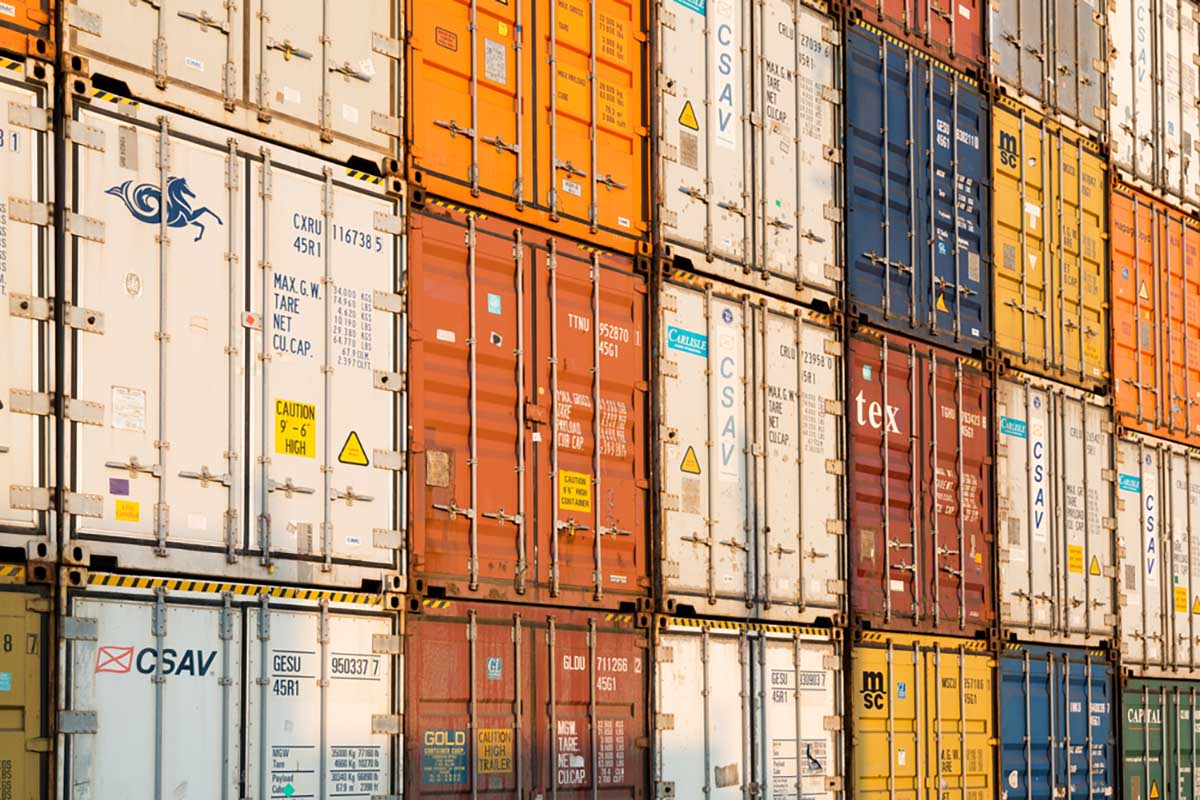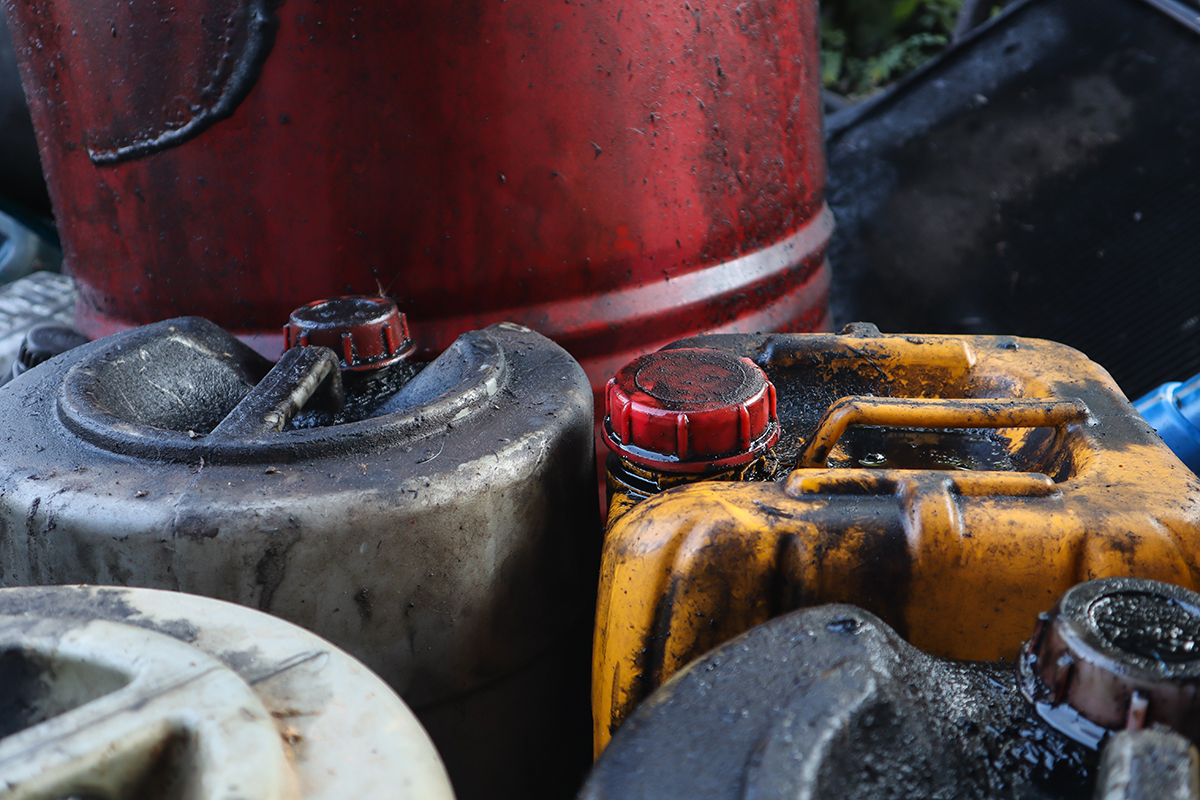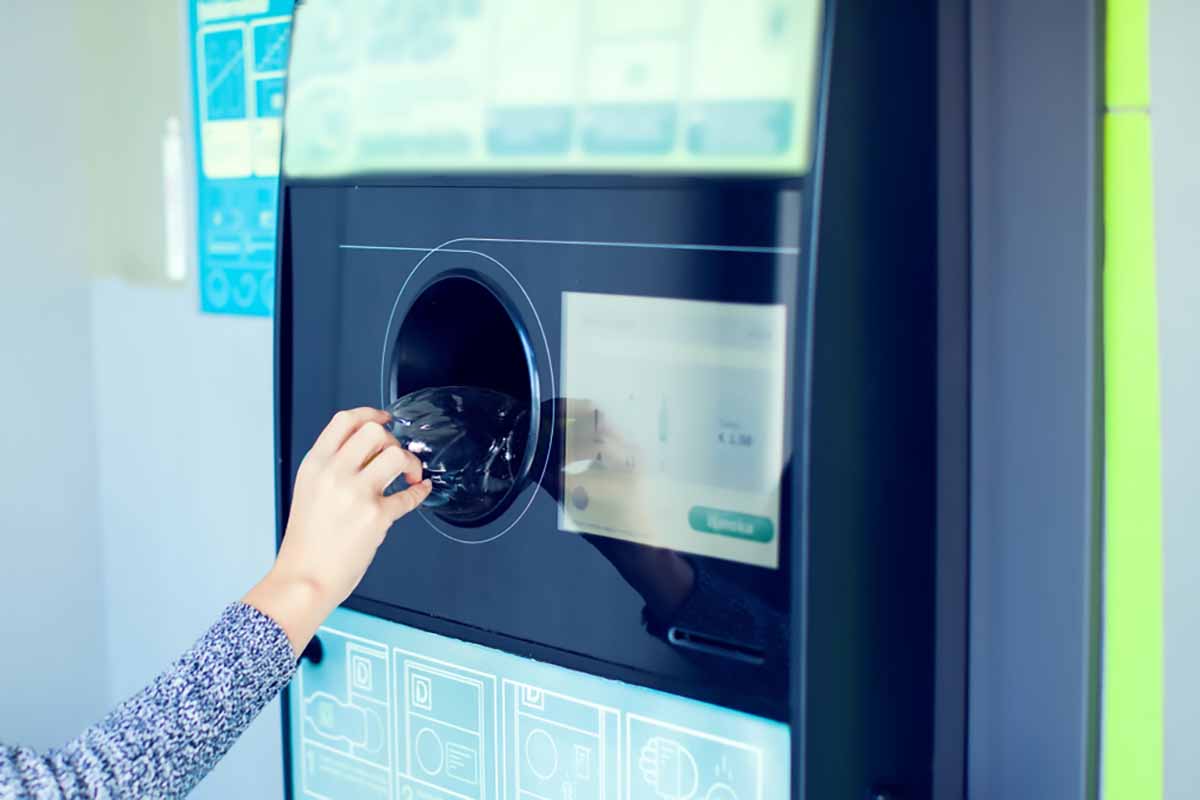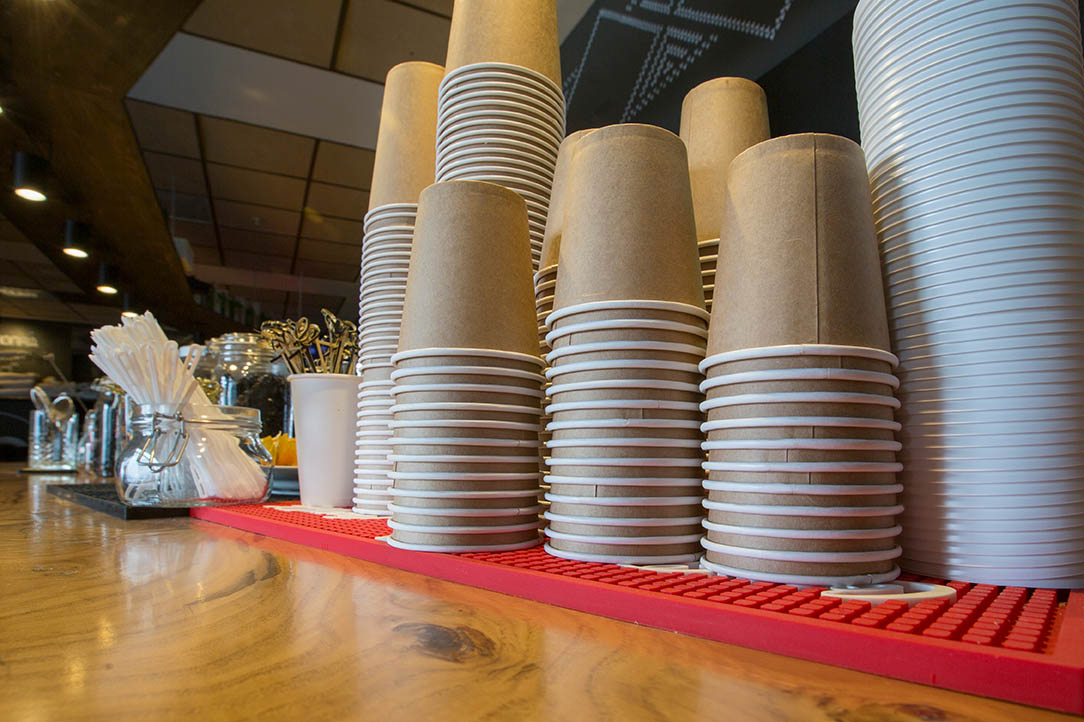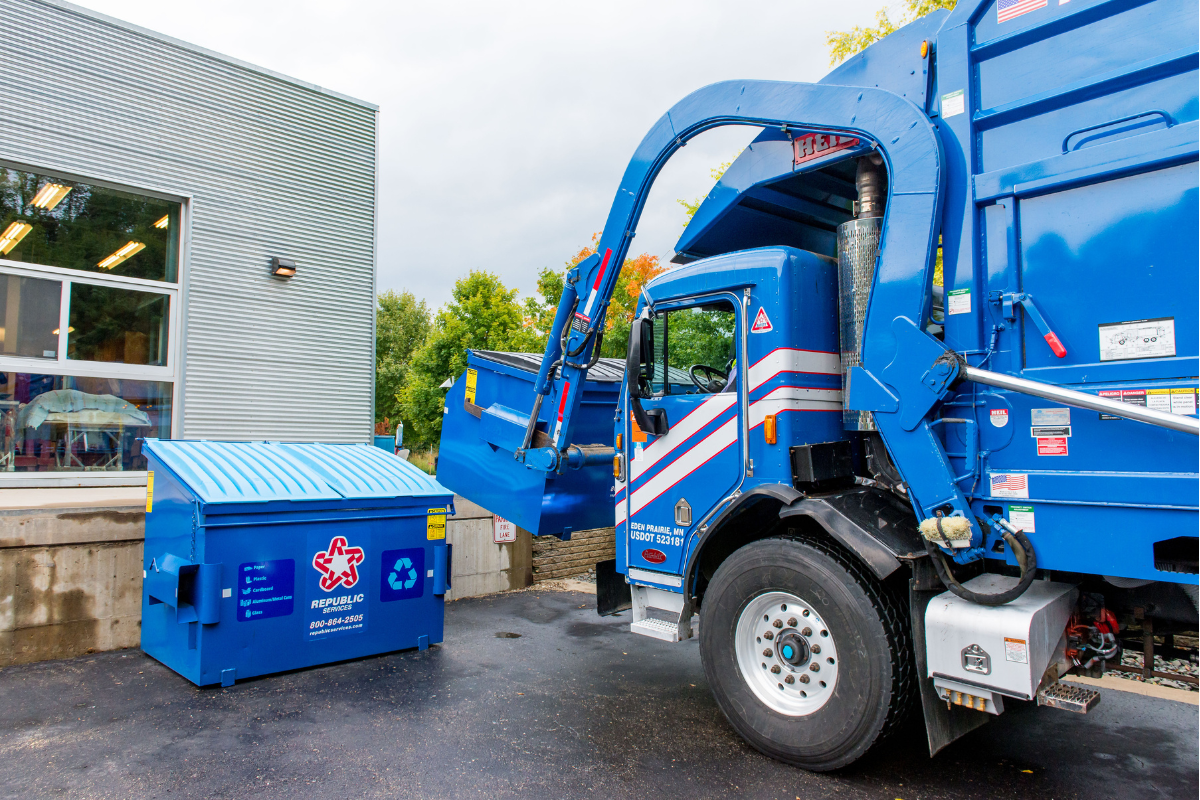
Several producer responsibility organizations plan to complete harmonized package design guidance, anchored for plastics in the APR Design Guide, by the end of 2026. | Gary718 / Shutterstock
Five Canadian producer responsibility organizations are joining forces to provide clear, consistent guidelines to make packaging design recyclable, with plastics guidance anchored in the Association of Plastic Recyclers Design Guide. Continue Reading


